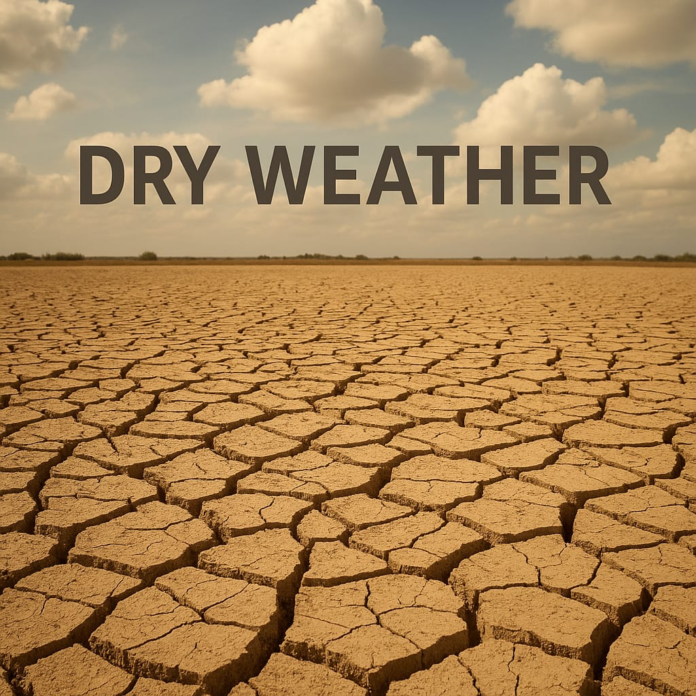Antigua experienced its driest July since 2015, with island-wide rainfall averaging just 38.1 mm (1.5 in), according to the Antigua and Barbuda Meteorological Service.
The total was well below normal, ranking as the sixth driest July in the last 50 years. Meteorologists said there were 11 wet days during the month, but no days with heavy rainfall, defined as 10 mm (0.4 in) or more. The wettest day was 14 July, when only 8.8 mm (0.35 in) was recorded.
Temperatures were consistently high, with a mean daily average of 28.0°C (82.4°F) at V.C. Bird International Airport. The mean maximum temperature was slightly above normal at 30.4°C (86.7°F), peaking at 31.1°C (88°F) on 28 July.
The hottest conditions were reported at Diamonds Station in St Peter, which reached 35.9°C (96.6°F) on the same day. By contrast, the lowest temperature of 21.1°C (70°F) was observed earlier in the month.
Rainfall distribution varied across the island. The northeast recorded the driest conditions, while the southwest was wetter. Valley Church Station in St Mary logged the highest monthly total at 78.2 mm (3.08 in), compared to just 14.6 mm (0.57 in) at Crabs in St Peter.
In Barbuda, the island fared little better. The McChesney George Secondary Station recorded 60.7 mm (2.39 in), with the highest single-day total of 14.6 mm (0.57 in) falling on 14 July.
The Standardised Precipitation Index (SPI) confirmed that July brought moderately dry to severely dry conditions, particularly in the north. Looking back over six months, drought was widespread—moderate in the southwest, slightly wet in the southeast, and near normal elsewhere.
Officials warned that drought conditions remain a concern as rainfall deficits persist across much of the island.


